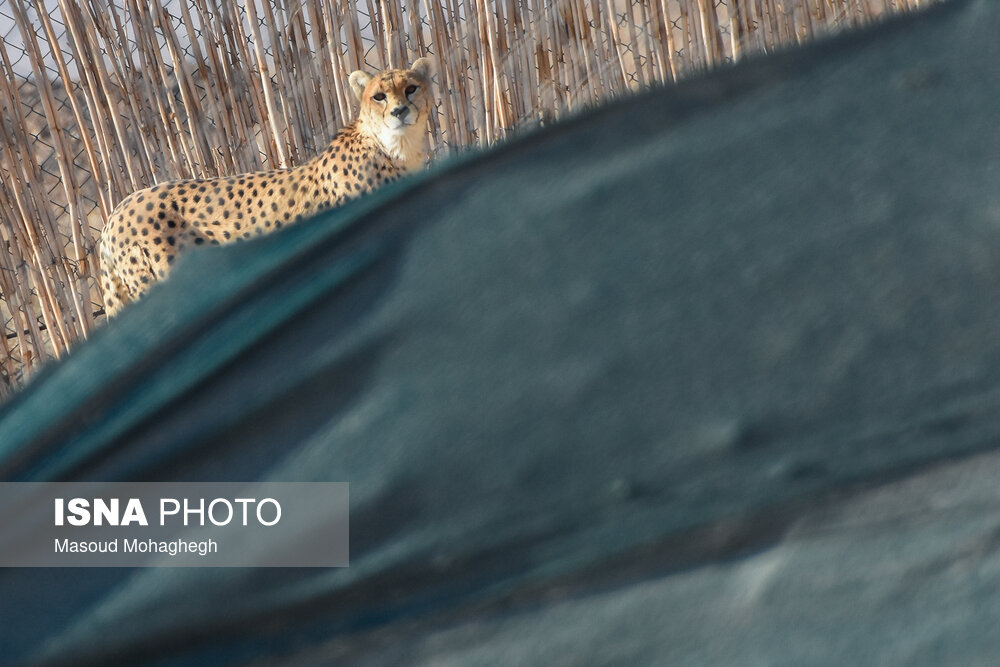Bahramali Zaheri said that fortunately, the cubs of the cheetah are large enough and have reached food independence.
He added that the cubs wanted to enter the Touran protected area.
He described Touran as the most important and richest habitat in Iran and the whole world, noting that the higher number of Asiatic cheetahs live there.
Iran has for 6 decades been home to the last known population of Asiatic cheetah, which once roamed across vast swathes of west and south Asian countries.
Listed as critically endangered by the International Union for Conservation of Nature (IUCN), the Asiatic cheetah is among the rarest cats in the world, with fewer than 50 believed to remain in Iran. Roads fragmenting habitats of this animal threaten the species.
Other factors endangering the sparse population of the cheetahs are guard and stray dogs, drought spells, the decreasing population of the prey species, and habitat loss.
